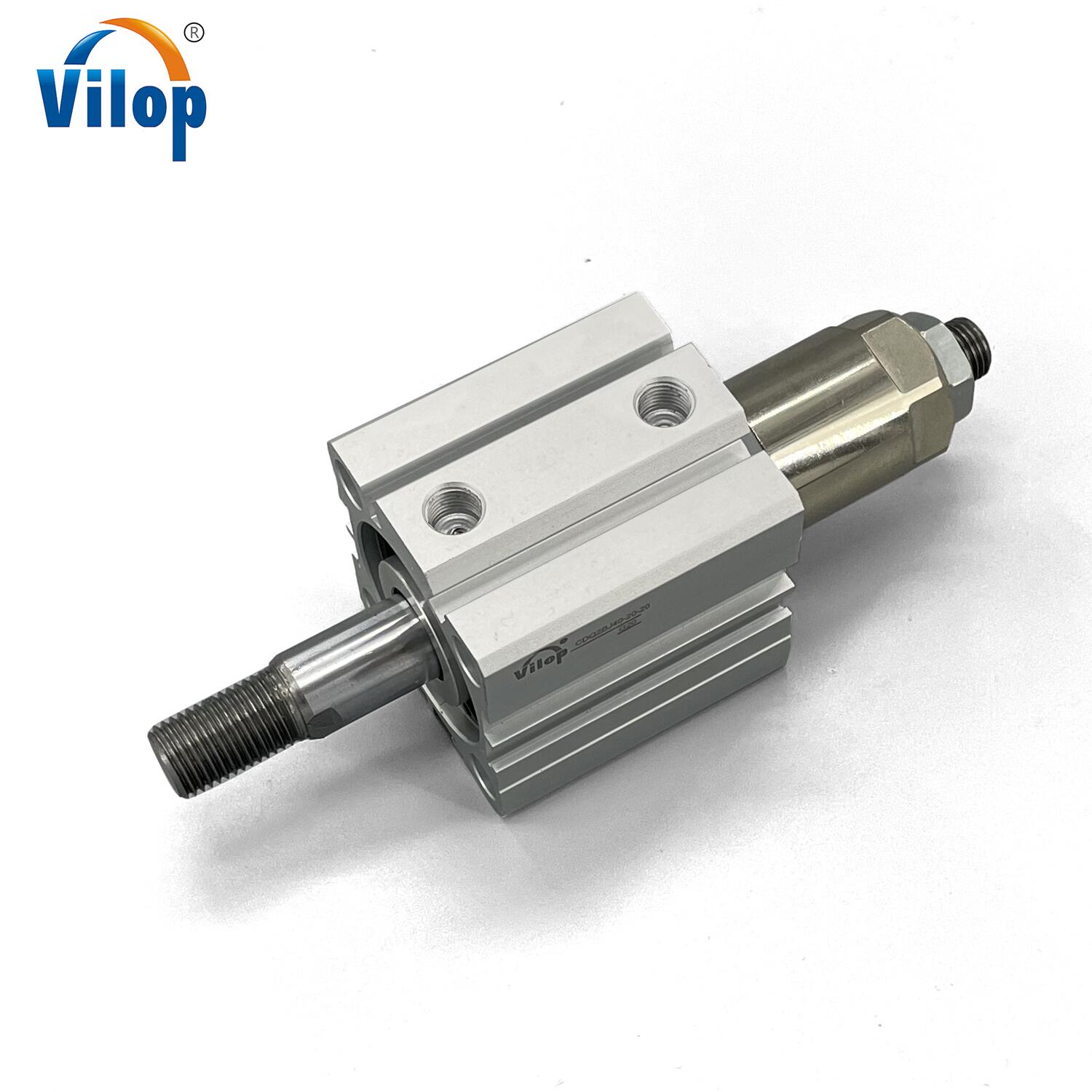- All
- Product Name
- Product Keyword
- Product Model
- Product Summary
- Product Description
- Multi Field Search
Views: 0 Author: Site Editor Publish Time: 2022-07-28 Origin: Site

If you have chosen a pneumatic actuator properly sized for your application, now it’s time to decide how you are going to mount it. Selecting the best mounting configuration for your cylinder application is a critical design consideration to ensure optimum performance and maximize cylinder life expectancy.
To facilitate installation and worldwide interchangeability, most cylinder mounts are built to NFPA or ISO standards. Although numerous variations are available, mounting styles will typically fall into one of three main categories: fixed centerline mountings, fixed non-centerline mountings and pivoted centerline mountings.
When selecting the right mount for the application, the primary element to take into consideration is the application itself. In most cases, the intended function of the actuator and the application requirements or constraints will largely determine which mounting type to choose. Some key factors to consider are the cylinder stroke (long versus short), the plane of motion (horizontal, vertical or along a curved path), the size of the load and the load condition (guided versus nonguided), the column strength of the piston rod and the installation space. In some circumstances, the material the mounting is made of could potentially be relevant as well depending on its mechanical properties and the application environment.
It’s worth noting that all of these factors are also applicable to high-pressure hydraulic cylinders for which the operating pressure could also become a decisive factor. Certain cylinder mounts will have reduced pressure ratings to prevent premature failures associated with excessive shear and bending stresses that result from the high forces and operating pressures that can be conceived with such designs.
Like properly adjusting cushioning, if the mounting configuration is not carefully considered it can cause cylinders to fail prematurely. Therefore, we would like to provide you with some guidelines and best practices to help you avoid any problems associated with cylinder mounting.
Additional considerations to optimize cylinder performance
As it has been alluded to throughout this article, to preserve the life of your cylinder and ensure top performance, it is very important to keep the cylinder thrust as close to the centerline of the piston rod as possible and free from misalignment or side thrust. Off-center thrust and side loads significantly shorten the anticipated rod bearing and rod seal service life and should be avoided at all costs.
In addition to the mounting style, there are several other aspects that should not be overlooked when installing a cylinder. Care should be taken to avoid damaging the exposed portion of the piston rod. Threaded pieces should be torqued to specification and pulled tight against thread shoulders to minimize bending and reduce fatigue stress. Excessive rotation of the piston rod within the cylinder should be avoided to prevent possible scoring of the cylinder tube and damage to the piston seals. Lastly, additional support or incorporation of an intermediate mount should be considered to prevent damaging sag on long stroke cylinders.